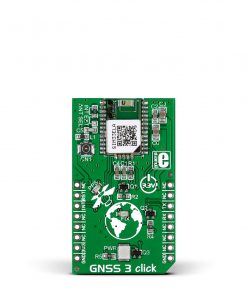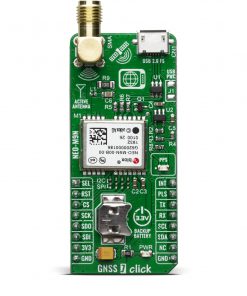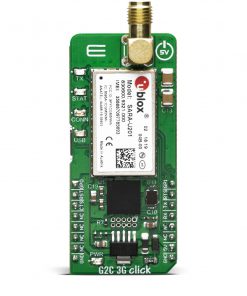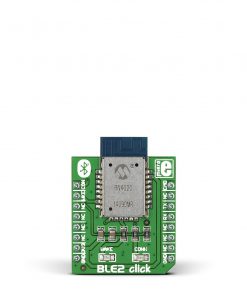GNSS 6 Click
R1,200.00 ex. VAT
GNSS 6 Click is a compact add-on board that provides fast positioning capabilities. This board features the Teseo-LIV3FL, a tiny low-power GNSS module from STMicroelectronics. It is an easy-to-use global navigation satellite system that embeds the Teseo III single-die standalone positioning receiver, which can work simultaneously on multiple constellations (GPS, Galileo, Glonass, BeiDou, and QZSS). It provides proven accuracy and robustness of the Teseo ICs and comes with embedded firmware that saves development time. This Click board™ makes the perfect solution for the development of both acquisition and tracking devices and represents an ideal product for automotive, consumer, and industrial tracking applications.
GNSS 6 Click is fully compatible with the mikroBUS™ socket and can be used on any host system supporting the mikroBUS™ standard. It comes with the mikroSDK open-source libraries, offering unparalleled flexibility for evaluation and customization. What sets this Click board™ apart is the groundbreaking ClickID feature, enabling your host system to seamlessly and automatically detect and identify this add-on board.
Stock: Lead-time applicable.
| 5+ | R1,140.00 |
| 10+ | R1,080.00 |
| 15+ | R1,020.00 |
| 20+ | R981.60 |

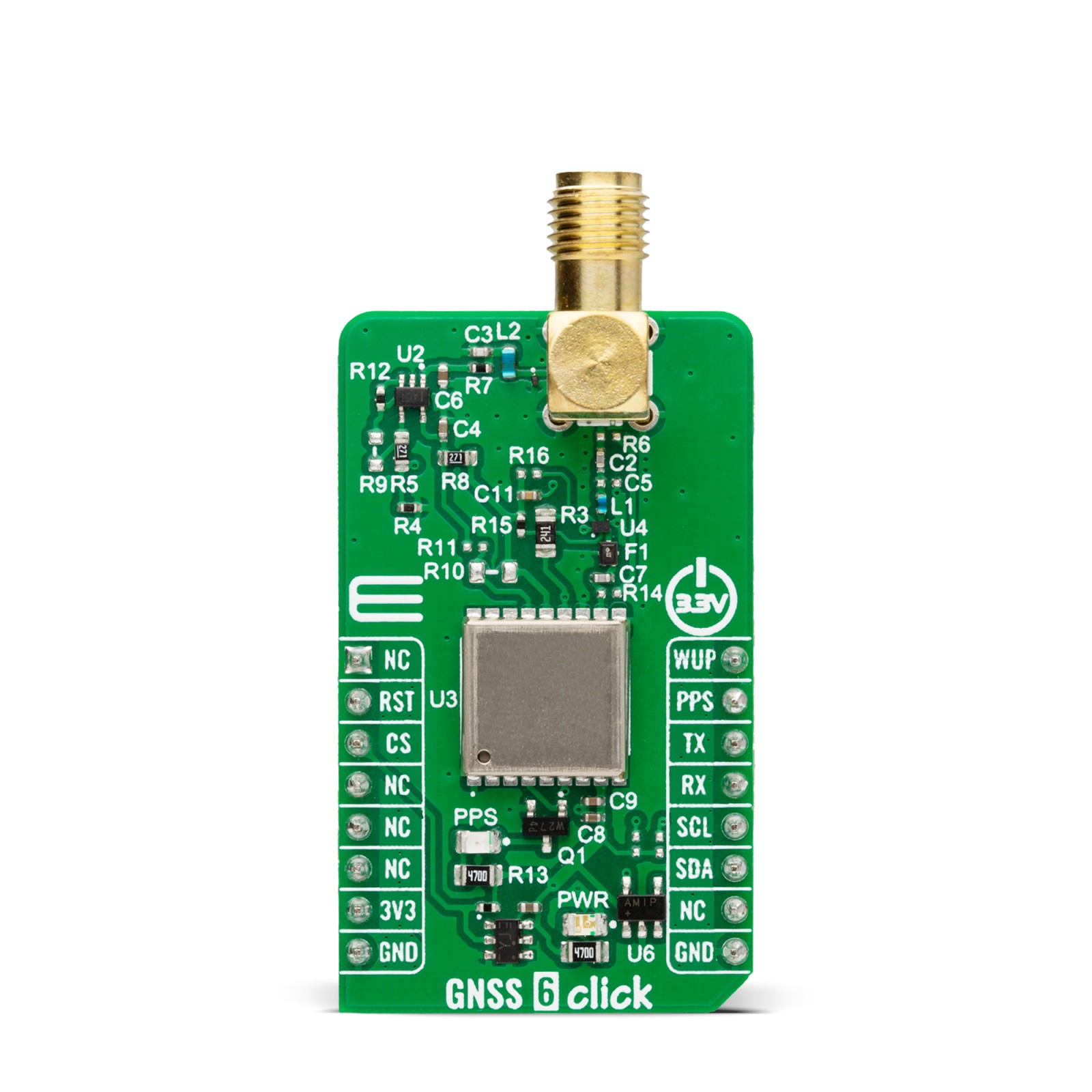

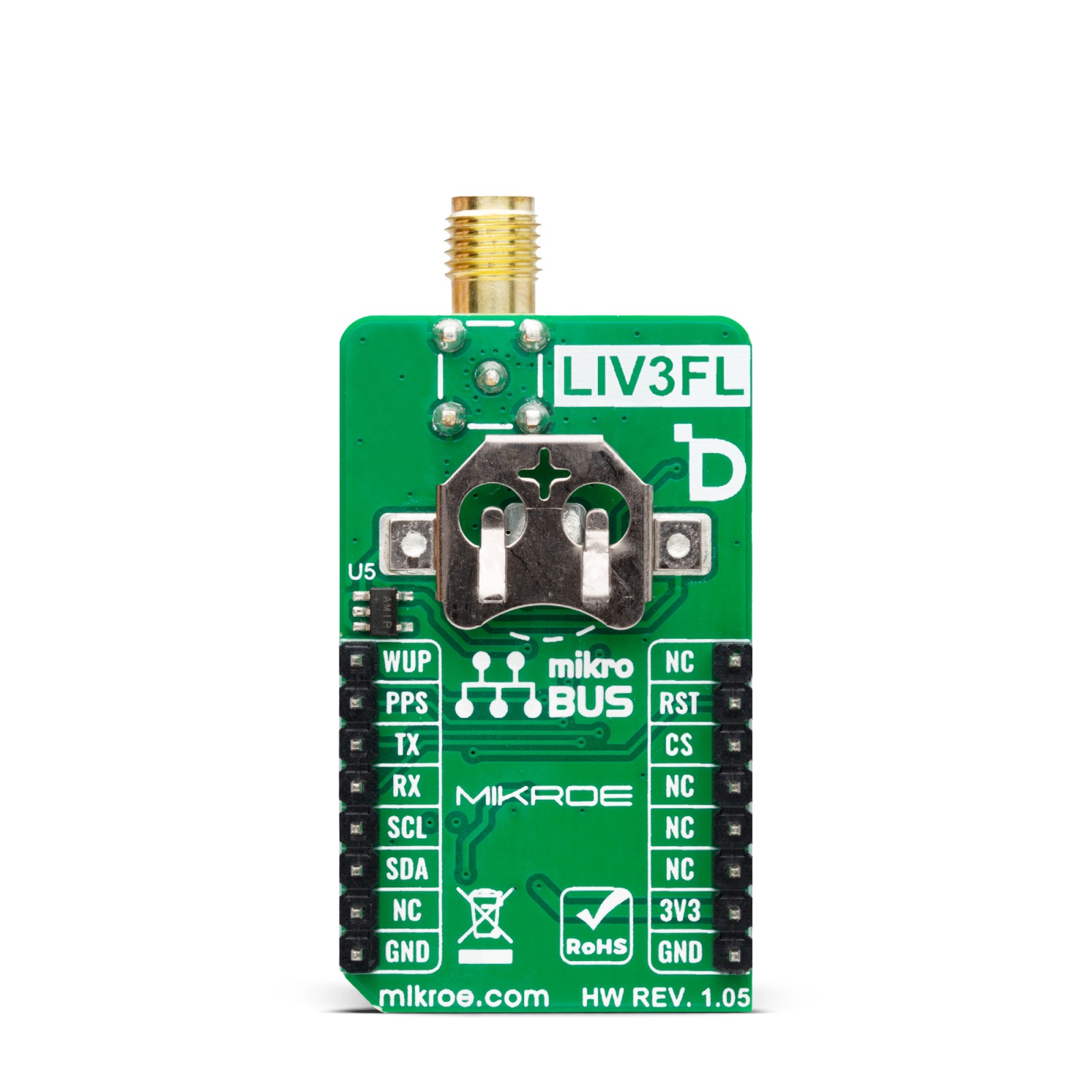
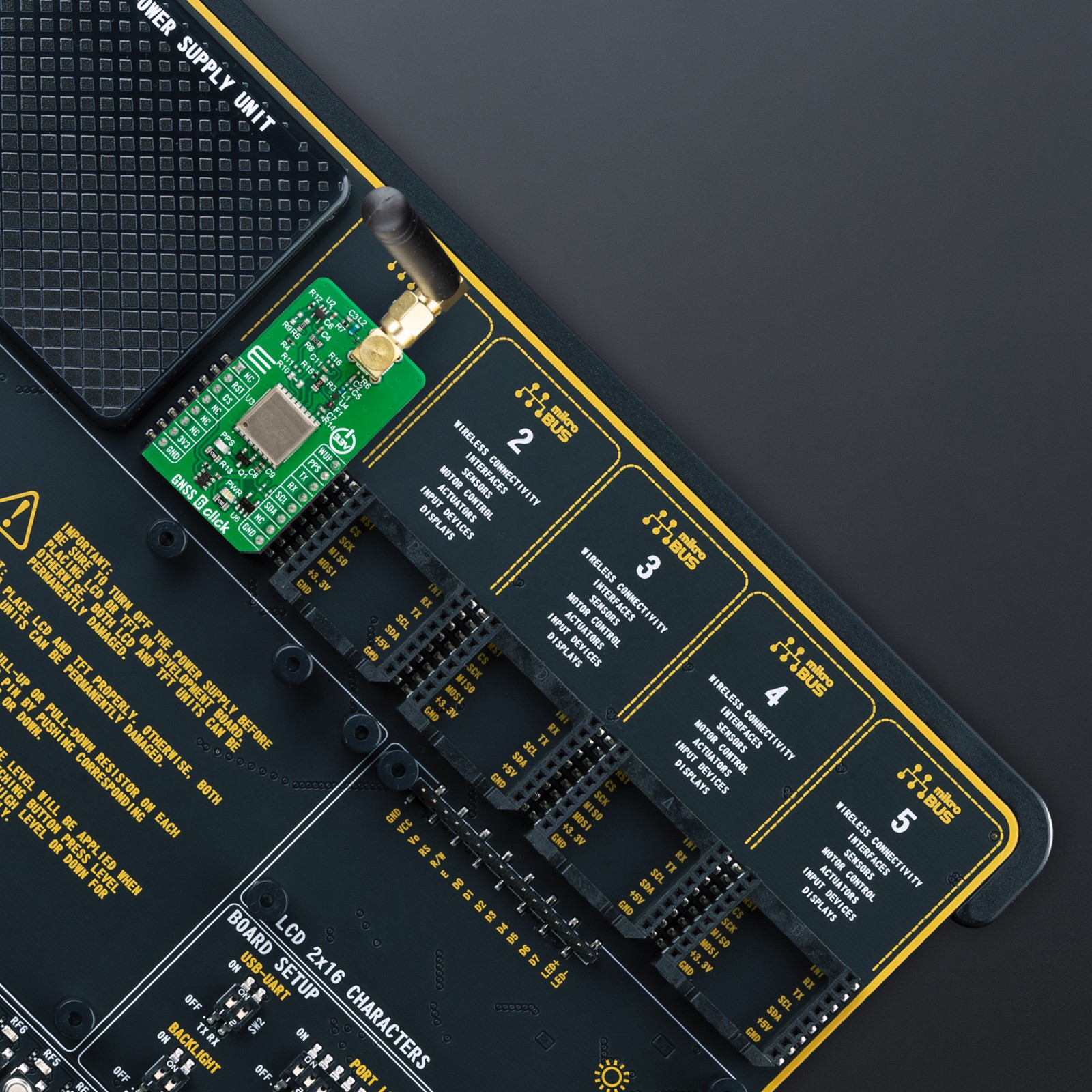


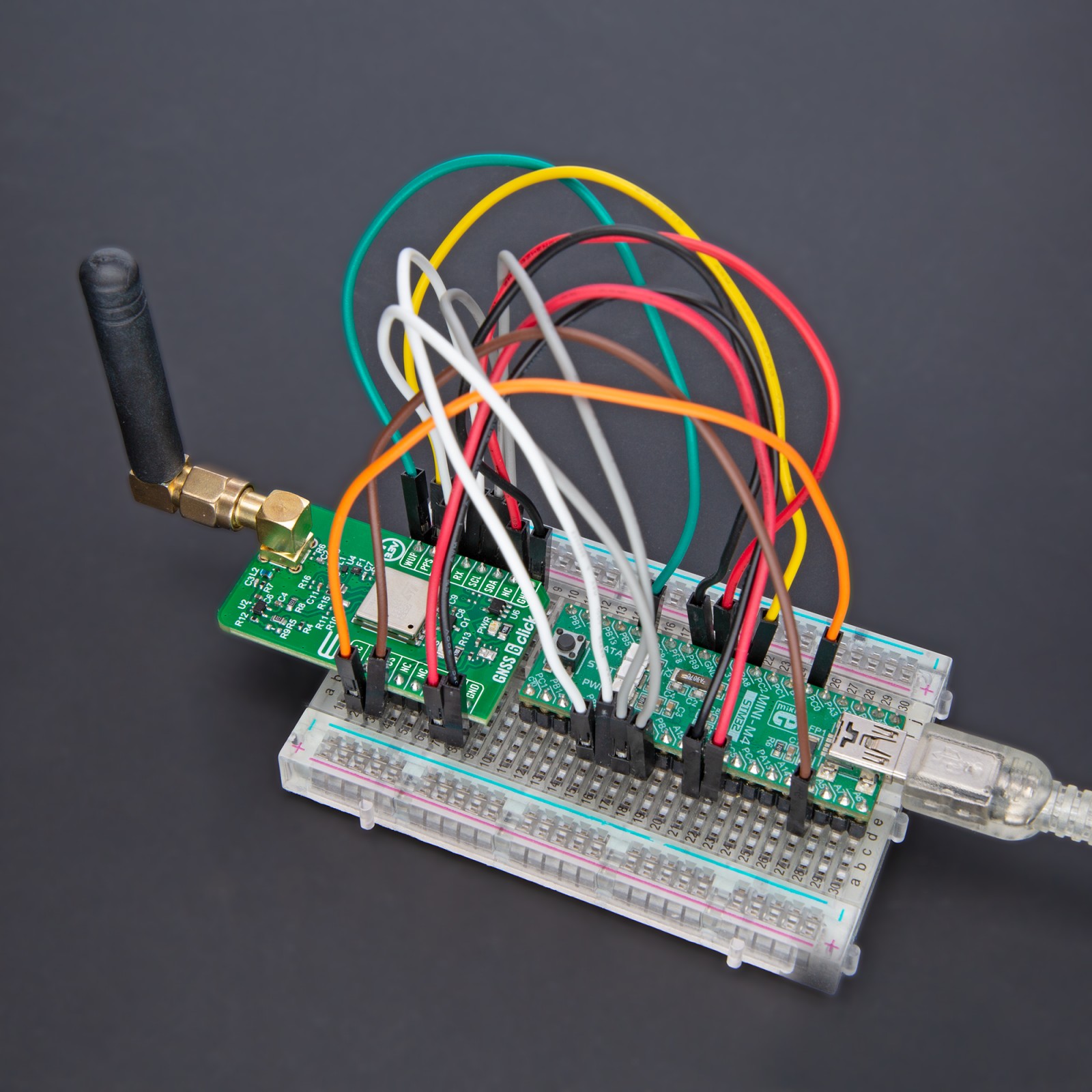

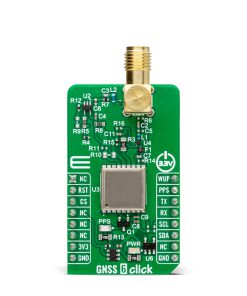
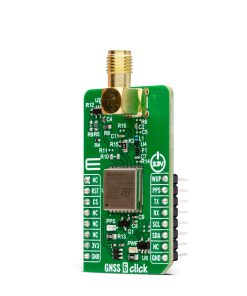

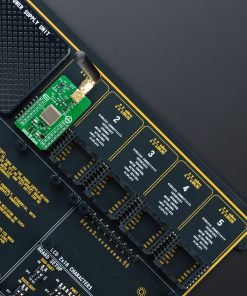
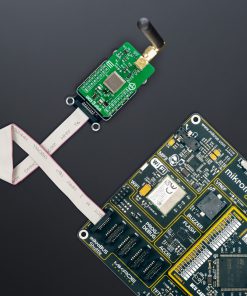
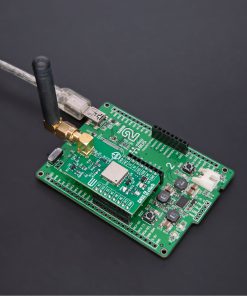
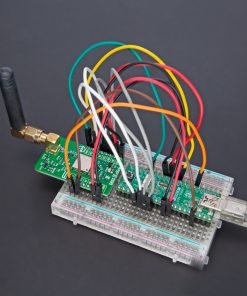
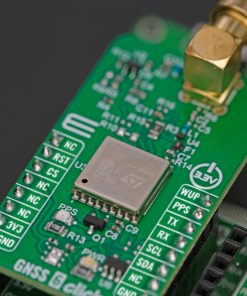
.jpg)

